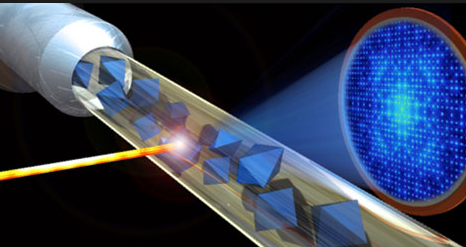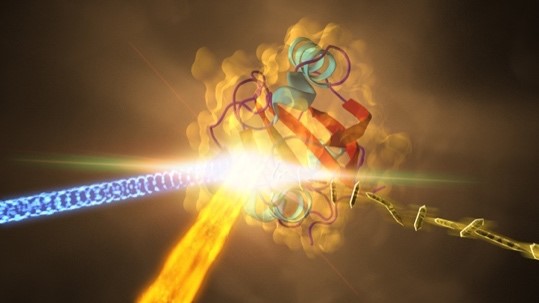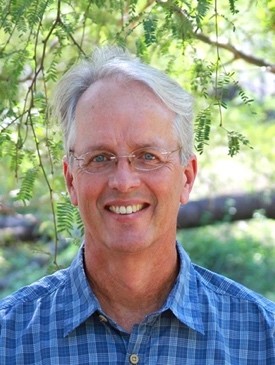“What we’re trying to do at Arizona State University is shrink this X-ray free-electron laser from something that’s typically about a mile long or a couple kilometers long, into something that’s just a few meters long…and doing that with kind-of cutting-edge accelerator and laser technologies.”
Dr. William Graves, Associate Professor, ASU, Biodesign Institute, Physics Department,
X-ray free-electron lasers based on powerful mile-long particle accelerators can peer deep into molecular structure and the ultrafast timescales of chemistry. Dr. Graves is working toward a compact version that can fit in a room. On March 2019, the NCI-SW webinar featured a brief history on the development of this type of laser, followed by an explanation of the science, physics, and technology behind the operation of this very unique device. Demonstrating short x-ray laser pulses that can capture the motions of molecules and observe the molecular structure of living systems. Viewing objects at the atomic level, such as chemical and biological processes, that proceed on unbelievable short time scales, the fastest in nature.

This new x-ray laser source brings the power of large accelerator-based synchrotron radiation facilities to individual smaller research facilities.
One of Dr. Grave’s innovations was to replace the “wiggler” magnet component with an oscillating laser field. This significantly reduces the size, thus the term compact Free Electron Laser (FEL). The cost is in the range of a large piece of medical technology, similar to an MRI machine. The potential of this new technology could potentially, “revolutionize medical imaging with this technology.”

The laser, still under development, is housed at ASU’s BioXFEL facility. Funded in part by a grant from the National Science Foundation, this represents a major investment in watching biomolecular machines at work, using X-ray lasers to better understand how life works at the molecular levels.
An accelerator physicist and a veteran of MIT, and Brookhaven National Lab, Dr. Graves’s work has concentrated on big particle accelerators, creating X-ray light sources. However, for the past 10 years his work has evolved toward developing small free electron lasers. Dr. Graves says, “There’s almost no limit to what it can do. These things are brand new; they’ve never existed before. We think it’s really going to revolutionize X-ray science.”

Associate Professor,
ASU, Biodesign Institute, Physics
You can view Dr. Grave’s webinar presentation here.